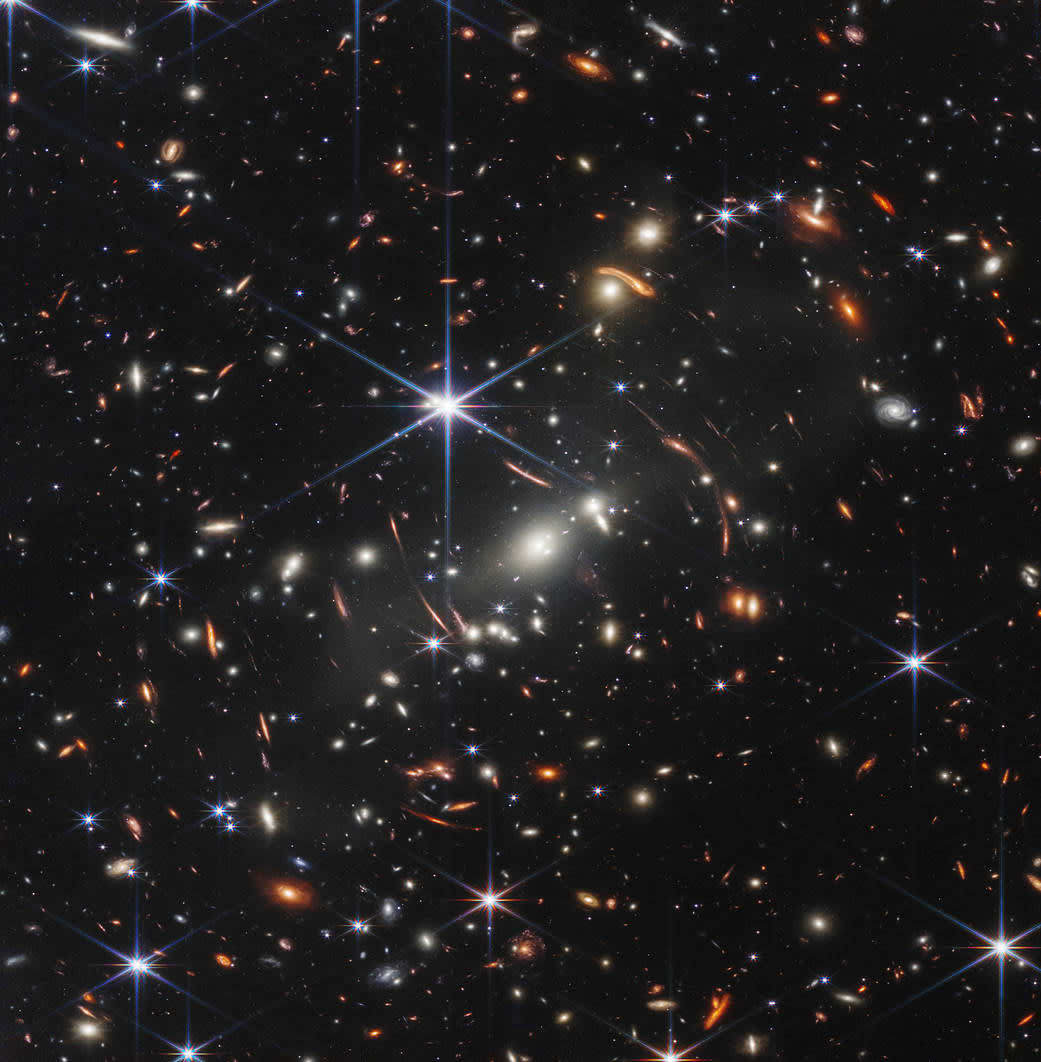
NASA delivers deepest infrared image of the universe from new James Webb space telescope
How do you feel about the first image from the James Webb Space Telescope?

How do you feel about the first image from the James Webb Space Telescope?